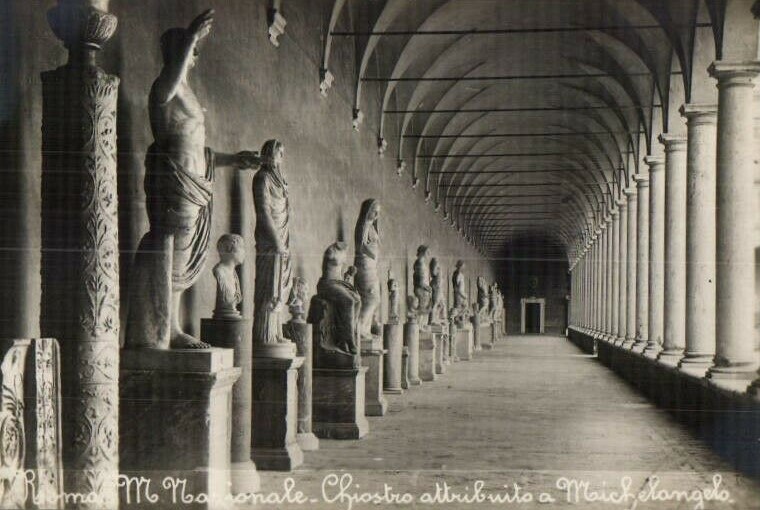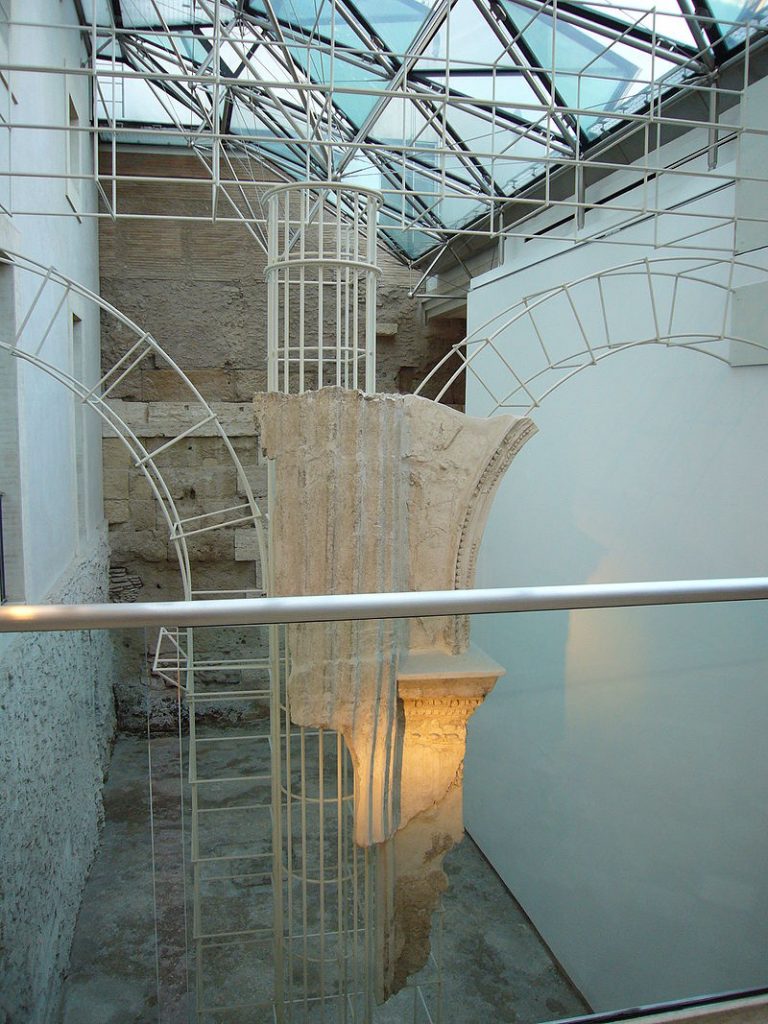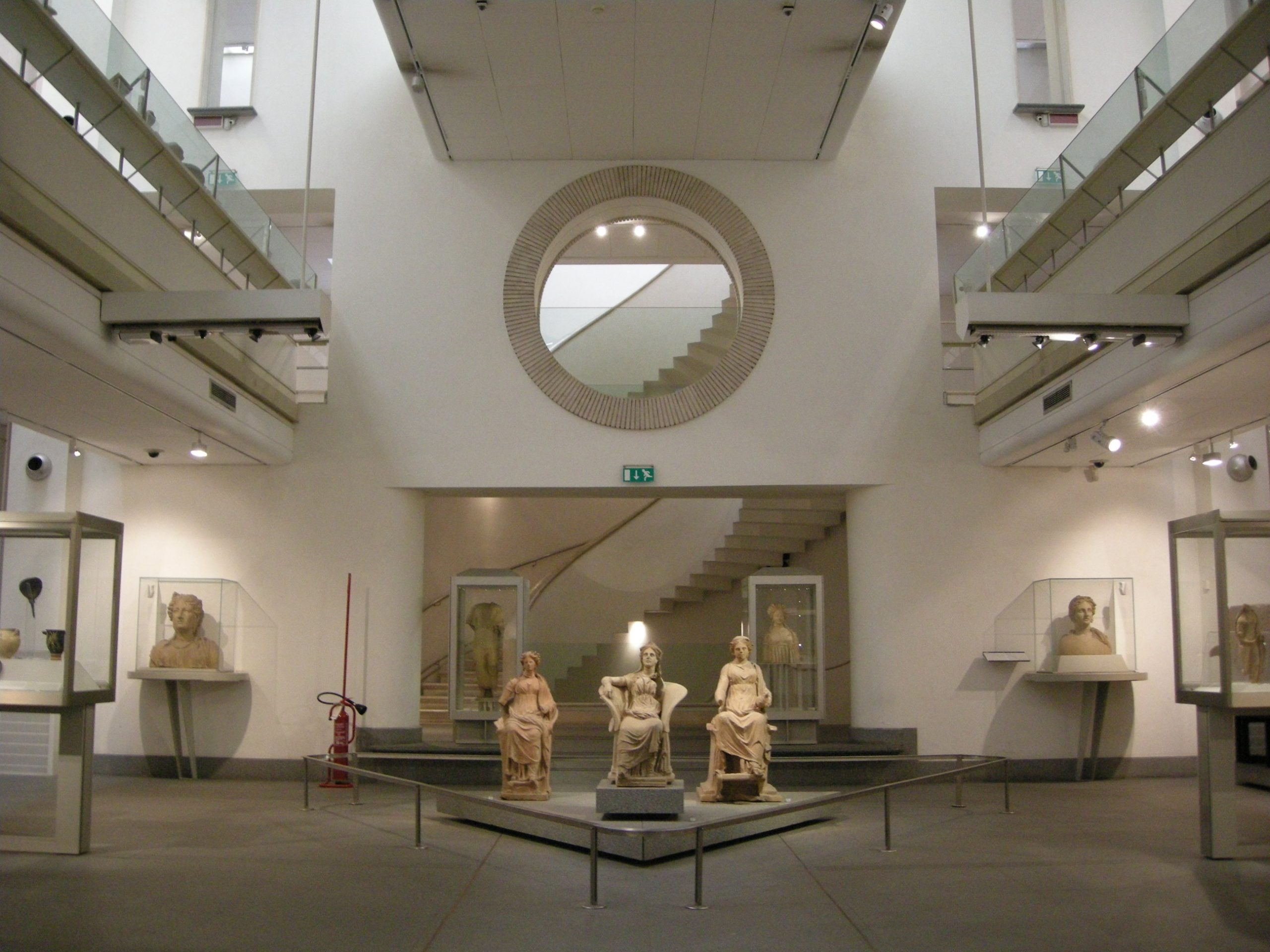Four sites, to be visited immediately, for a single large museum, in Rome, which is more than a century old. The National Roman Museum was established on February 7, 1889. The idea was to provide an adequate location for many works of exceptional artistic value, evidence of a glorious past found after the proclamation of Rome as the capital and the consequent decision to rethink the city from an urban point of view. At the time, the need arose to put all these testimonies together. And to enhance them, because Rome was and still is an open-air treasure chest with a unique cultural heritage in the world. The National Roman Museum is the custodian and interpreter of such ancient grandeur, born to celebrate what was the ambition of a finally united country at the end of the nineteenth century.

This is the story, which led to the identification of one first office in the Baths of Diocletian with their extraordinary fully preserved spaces such as the Frigidarium, the Tepidarium, the Arcaded Gyms, the Great Classrooms. Here the Certosa di Santa Maria degli Angeli includes the famous Cloister of Michelangelo. With its 10 square meters of surface spread over four wings of 100 meters marked by 100 monolithic travertine columns, it is one of the largest in Italy. Since the 1981s, thanks to the Special Law for Antiquities of Rome (XNUMX), one of the richest and most important collections of inscriptions in the world is also preserved in this first site of the Baths.

The Museum of Written Communication of the Romans it collects a patrimony of over 20 thousand artifacts, 900 of which are exhibited. They come from historical collections and archaeological finds found in Rome and its territory. The Museum of Protohistory of the Latin Peoples which is located on the first floor of the Cloister of Michelangelo. This is a broad overview of the history of Lazio from the XNUMXth to the XNUMXth century BC.
Masterpieces of ancient sculpture in the aristocratic residence of Palazzo Altemps
The Special Law for the Antiquities of Rome not only contributed to the complete reorganization of the Baths of Diocletian. But it also allowed the acquisition of three other new sites differentiated according to the specificity of the works preserved. So here it is Palazzo Altemps, an ancient aristocratic residence, destined to historical collections and the history of collecting. Two floors where some absolute masterpieces of ancient sculpture have been located belonging to important collections as well as works from the antiques market. Among the many treasures there is also a collection of objects from ancient Egypt.
The Palazzo Massimo medal table and the archaeological area of the Crypta Balbi
In the nineteenth century Massimo Palace, third seat of the National Roman Museum, masterpieces of Roman artistic production are exhibited. Sculptures, reliefs, frescoes, mosaics, stuccos and sarcophagi, coming from the excavations carried out in Rome and in the surrounding area starting from 1870. Coins, jewels, precious furnishings and documents relating to the cost of daily life are instead the protagonists of the section Il Medals, housed in the basement of this same building. There are Roman remains but also a lot of medieval and modern material. A very special window dedicated to the economy and the use of money, among the most important and prestigious of its kind at national and international level.

And then the The Crypt of Balbi with its important archaeological area. It is the fourth site of the National Roman Museum ed is the result of the extraordinary recovery project of an entire area - between via delle Botteghe Oscure, via Caetani, Via dei Delfini and via dei Polacchi - of the historic center of Rome, which ended in 2000 with the inauguration of this new headquarters. Its Museum collects many artifacts from the archaeological excavation that tell the daily life of those who lived and lived in these places. A journey to discover the structures, buildings and monuments that followed one another in this area over the course of two thousand years. The names of the streets and squares, the ones that still indicate them today, recall the many productive activities that animated this area of Rome for centuries. The narration of a past that toponymy also helps to tell the present.
Source of featured photograph: Sailko, CC BY-SA 3.0





